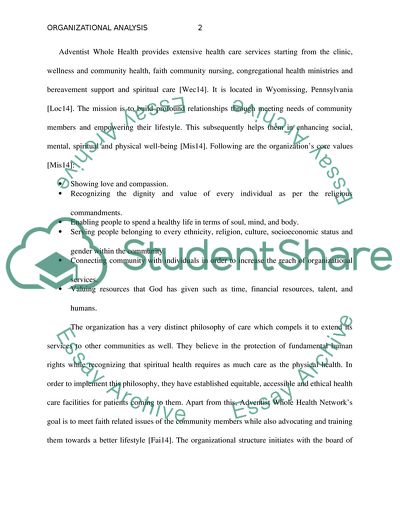Cite this document
(“Analysis Of A Health Care Organization Research Paper”, n.d.)
Analysis Of A Health Care Organization Research Paper. Retrieved from https://studentshare.org/nursing/1651613-analysis-of-a-health-care-organization
Analysis Of A Health Care Organization Research Paper. Retrieved from https://studentshare.org/nursing/1651613-analysis-of-a-health-care-organization
(Analysis Of A Health Care Organization Research Paper)
Analysis Of A Health Care Organization Research Paper. https://studentshare.org/nursing/1651613-analysis-of-a-health-care-organization.
Analysis Of A Health Care Organization Research Paper. https://studentshare.org/nursing/1651613-analysis-of-a-health-care-organization.
“Analysis Of A Health Care Organization Research Paper”, n.d. https://studentshare.org/nursing/1651613-analysis-of-a-health-care-organization.


